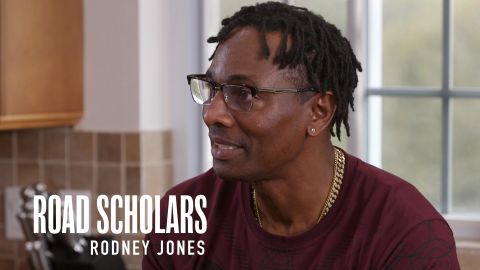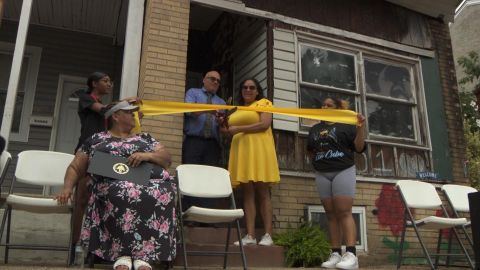Child Poverty Up in NJ; Worse for Minorities
By Briana Vannozzi
Correspondent
For the fifth straight year, child poverty increased in New Jersey. And it’s worse for minorities. Black, Hispanic and mixed-race children are far more likely to struggle in school, suffer poor health and spend time in the juvenile justice system.
“That’s distressing. We’ve made progress in health for example, but the economic indicators continue to be a problem,” said Advocates for Children of New Jersey Executive Director Cecilia Zalkind.
The latest Kids Count Report, released by Advocates for Children of New Jersey included a special section this year. For the first time, the group focused on data by race and the impact on family health and stability.
“Looking at these indicators of child well-being by race was sobering. I would even say devastating,” Zalkind said.
Out of New Jersey’s 2 million children, 17 percent live in poverty. White children make up the majority with 49 percent, Latino — the fastest growing population — is at 24 percent, 15 percent of the child demographic is black, 9 percent Asian, and 8 percent were listed as other or mixed-race.
But a disproportionate amount of blacks and Hispanics live in families earning less than the federal poverty line — roughly $23,000 annually for a family of four.
“When you talk about African-American children, about 33 percent live in poverty compared to white children, it’s about 8 percent so that gap is huge,” Zalkind said.
Zalkind says her group provides the annual data to inform decision making on local and state levels.
“I think the race data however raises an even bigger question. We need to have a conversation about this — not only the why, but what do we do about it,” she said.
The achievement gap for economically disadvantaged children compared to their more affluent counterparts also inched up by about 2 percent. Zalkind says that’s why they’re pushing for more early childhood education programs.
“All the research shows that children who receive early education, 3 and 4-year-old education, do much better through primary school and into later life,” said Brian Maher, leadership group member of Pre-K Our Way.
In fact, the data show 79 percent of black students graduated from high school compared to 93 percent of white students and 96 percent of Asian students. That’s especially important because “in a couple of years, what is now considered the minority population will be the majority,” Zalkind said.
The report also ranked how children are faring in each county. Not surprisingly, affluent Morris, Hunterdon and Somerset counties remained at the top, while rural Cumberland, Atlantic and Salem maintained the lowest rank.
“While the state may have had some economic improvement, that has not filtered down to low income families and I think the opportunities for employment, what the job environment looks like, is not a good one for low income families,” Zalkind said.
As lawmakers hash out a final budget, child advocates hope this data will help as they vie for what’s become an increasingly shrinking pot of funding.



